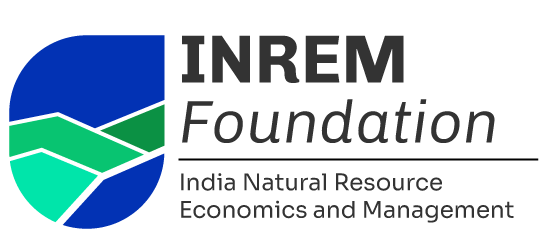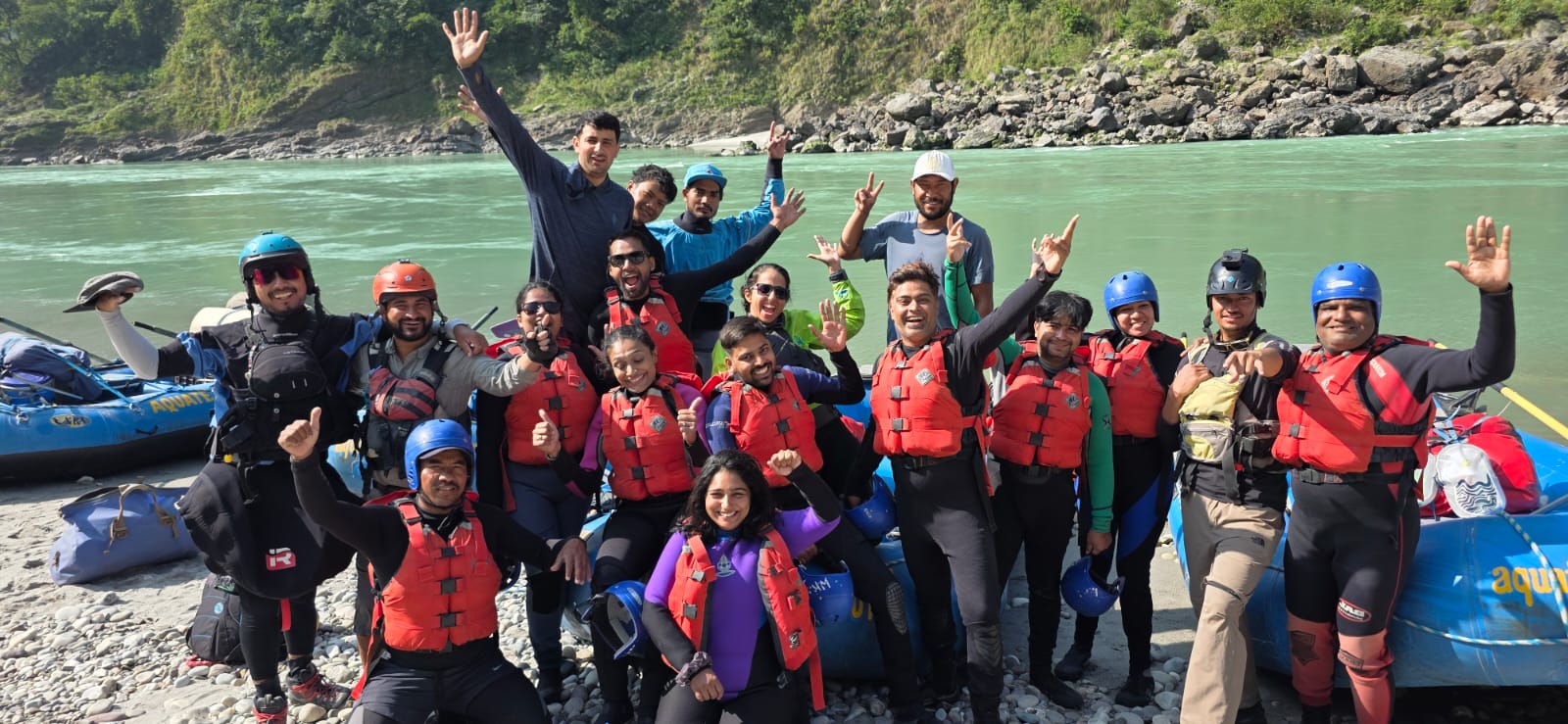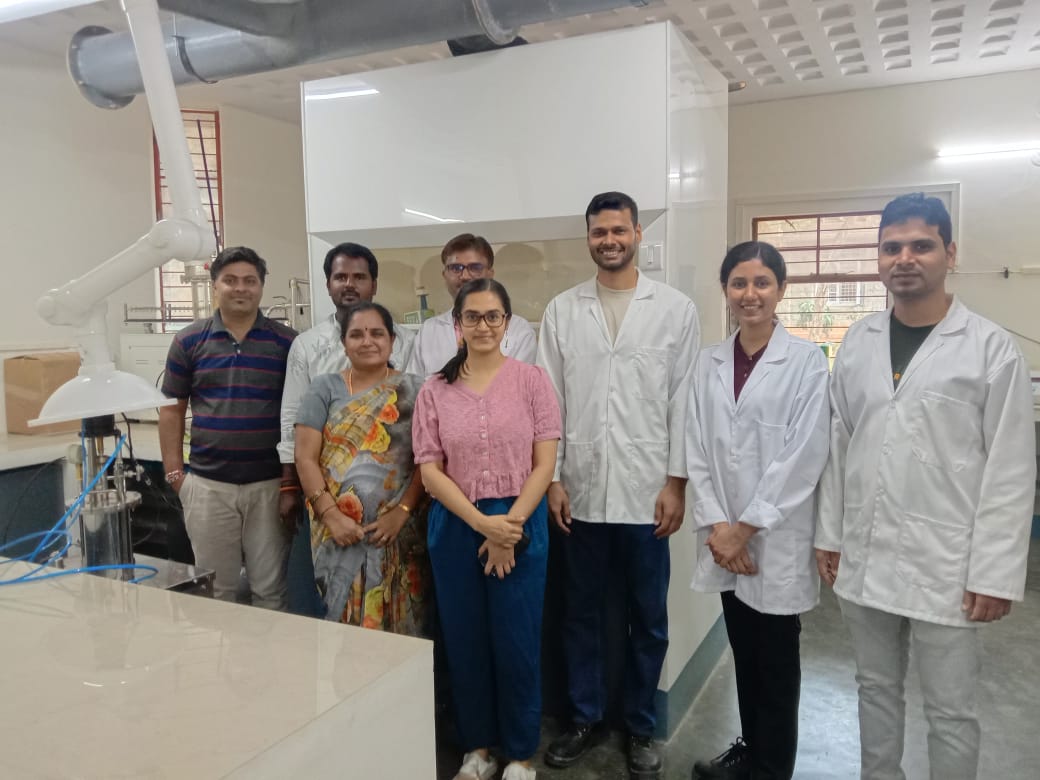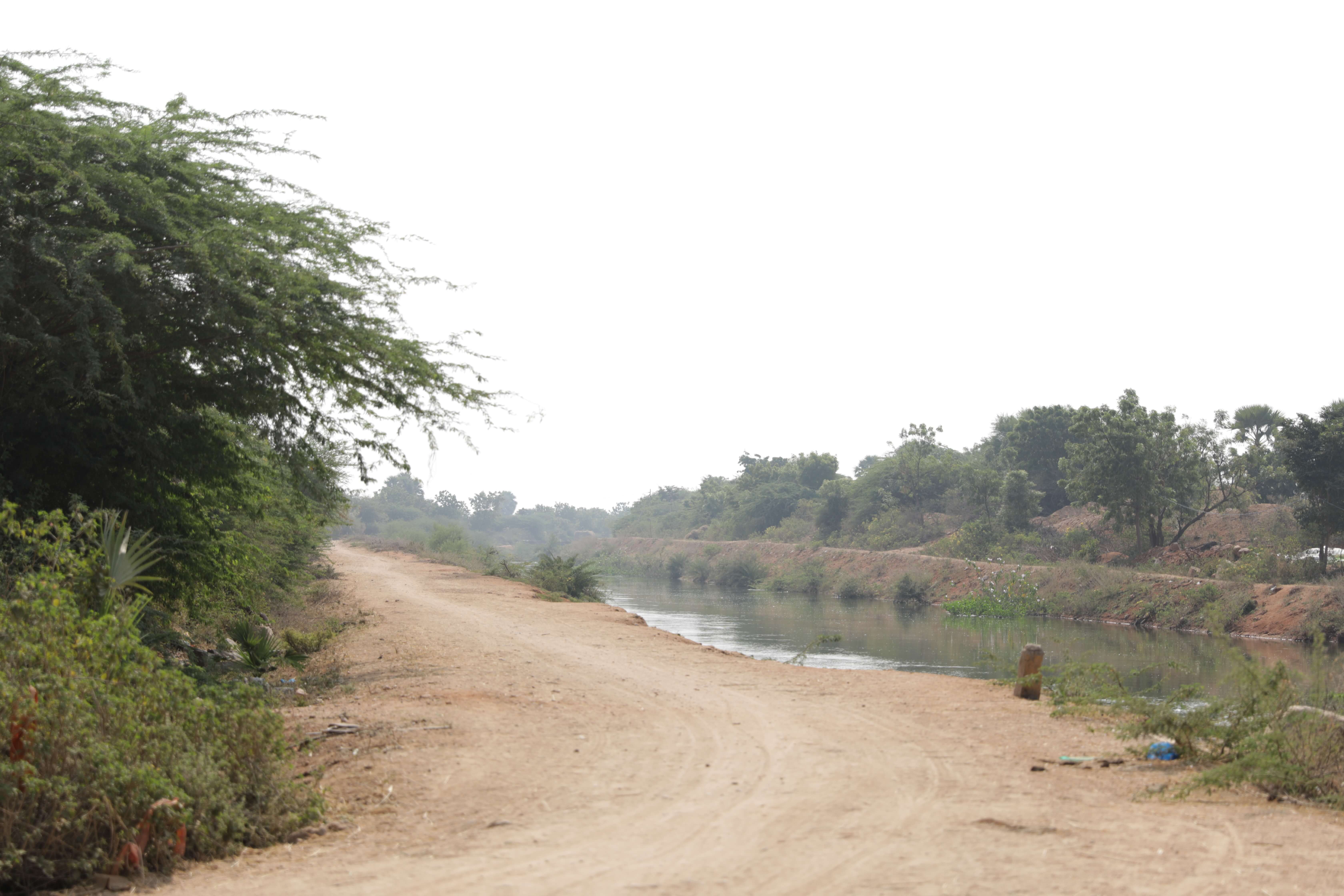The Chikkaballapur terrain appears remarkably familiar, huge boulders scattered across fields, timeless hillocks standing tall, and red soil much like that of Nalgonda. The iconic monolithic rocks, such as “Nalla Konda” in Nalgonda and the massive granite of Nandi Hills near Chikkaballapur. Both these areas lie on the ancient
Dharwar Craton, the Nandi hills are considered the very building block of India’s landmass and Nalgonda Eastern part of the Dharwar Craton are the oldest geological formations on the Indian subcontinent.
The Shared Challenge of Fluoride
Excess fluoride in drinking water is endemic to these two districts. In both Nalgonda and Chikkaballapur, groundwater sources contain high levels of fluoride. Consuming high fluoride containing water leads to dental, skeletal fluorosis, a condition that causes stiffness, pain, and deformities in bones and joints. Non-skeletal impacts include anemia, neurological problems, and complications in pregnancy and child development. The root cause in both regions is geological: fluoride-rich rocks release the element into groundwater.
For decades, communities in both areas have struggled with the fluoride problems with limited rainfall, dependence on deep borewells, and growing health burdens. In Nalgonda, safe water is provided by the government program called Mission Bhagiratha and in Chikkballapur safe water is provided by the government by installing the RO plants. Even though the safe drinking water is ensured the water scarcity and dependency on ground water remains a major concern in Nalgonda.
What Catches the Eye
Driving into Chikkaballapur during the early monsoon, what catches the eye is the intense agriculture activity, thriving fields and water filled lakes. The landscape is alive with sugarcane, mulberry, vegetables, and flowers. particularly striking in comparison with Nalgonda..
This abundance of water is not due to rainfall or traditional watershed interventions. Instead, it is the result of recycled water usage. In conversation with Mr. Avinash who is the director and cofounder of Biome Environmental Trust, we learned that this water comes from treated wastewater from Bengaluru. The treated waste water fills up 134 lakes in Chikkaballapur and surrounding 2 other districts, with active support from the Karnataka State Irrigation Department.
Bengaluru’s wastewater is treated at multiple points before releasing it into the tanks. As a result, farmers now report accessing groundwater at 200 feet, compared to the earlier 1000 feet depths they had to bore. This dramatic change in water availability has transformed the agricultural landscape and revived groundwater levels.
Despite the evident agricultural revival, the intervention brings with it critical questions. There is apprehension among farmers about the quality and safety of the water, a concern strongly expressed by environmentalists and health experts. What are the longer-term impacts of using treated wastewater on soil, food, and human health? Are crops grown using this water safe for consumption? Has the increased water table diluted fluoride concentrations in the groundwater?
Mr. Avinash acknowledges that these are the areas we need to explore and identify the problems.. He points out that while data shows a positive trend in water levels, the long-term effects need continuous monitoring. An Environmental Impact Assessment (EIA) has been conducted to study the interplay between the treated wastewater, surface water, vegetation, and groundwater. Yet, the outcomes are complex and cannot be viewed through a binary lens of success or failure. Continuous monitoring need not be restricted to lab reports or based on the results of study, the real-time monitoring happens by people with lived experiences. The knowledge, perception, and experiences of local communities regarding water are equally important as lab reports. He emphasizes the need to respect lived experiences, backed by science, to build trust, and strengthen solutions.
As he rightly notes, there are many layers to this intervention: hydrological, ecological, social, and health. Understanding each layer is essential to minimise the risk on health and ecology. It is also clear that no single stakeholder—whether government, civil society, or scientific community—can tackle the problem in isolation. It requires collaborative partnerships, each bringing their own lens, expertise, and priorities.
As we at INREM continue to work on water quality to create water safe communities the important lesson to learn is it is this kind of layered, collaborative approach, keeping the community and people at the center holds promise.



